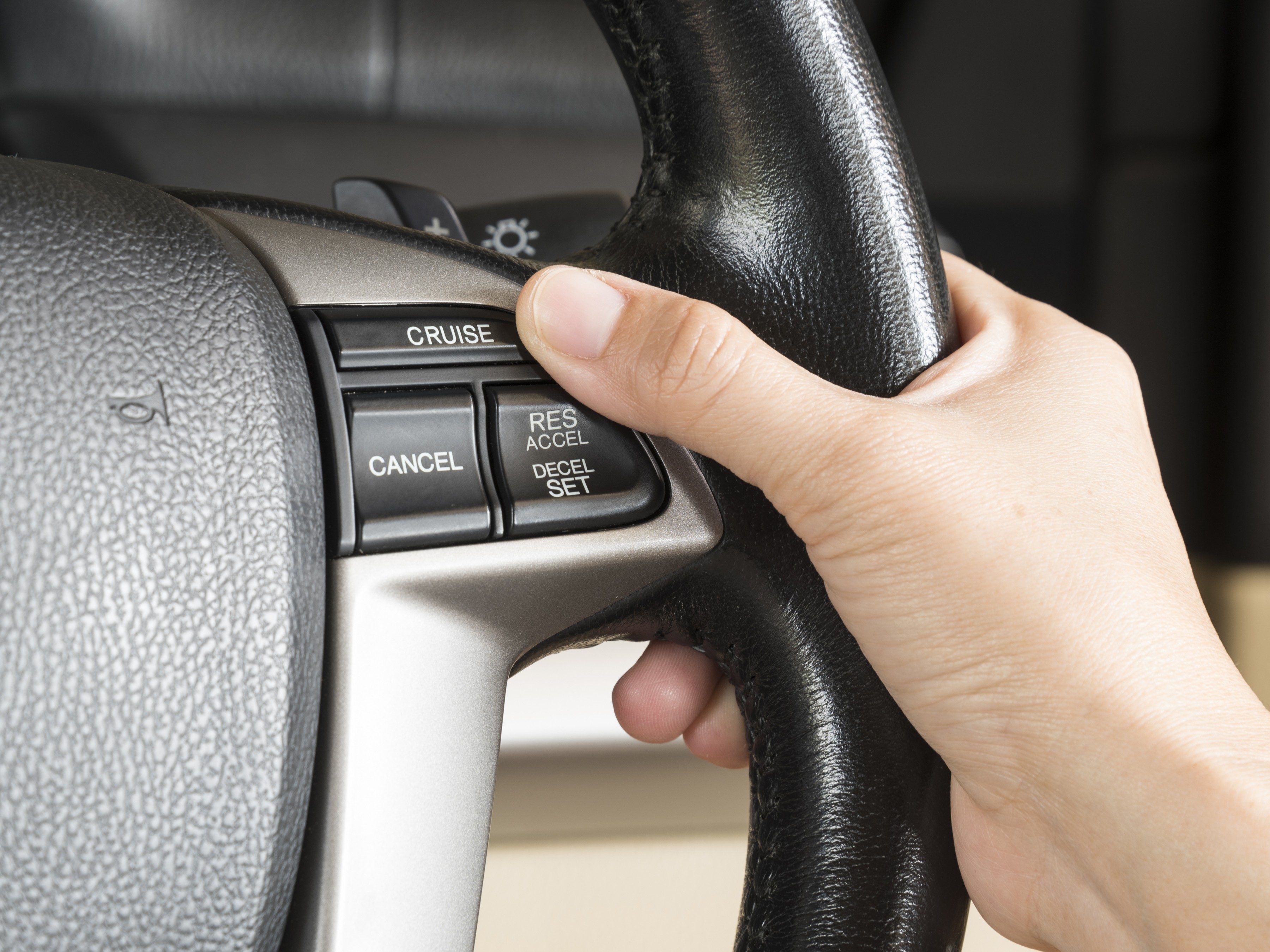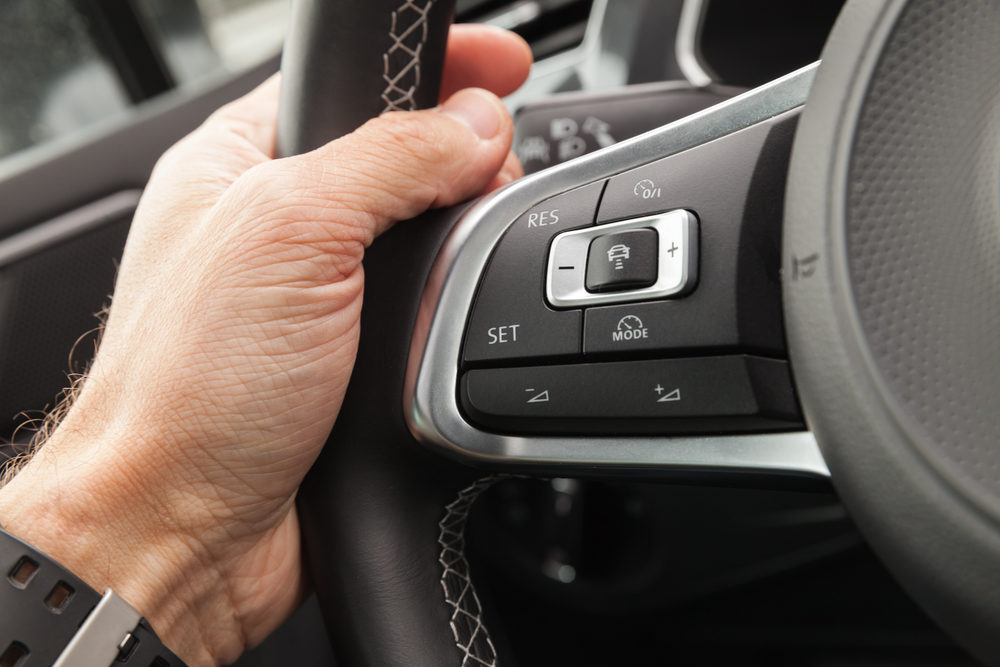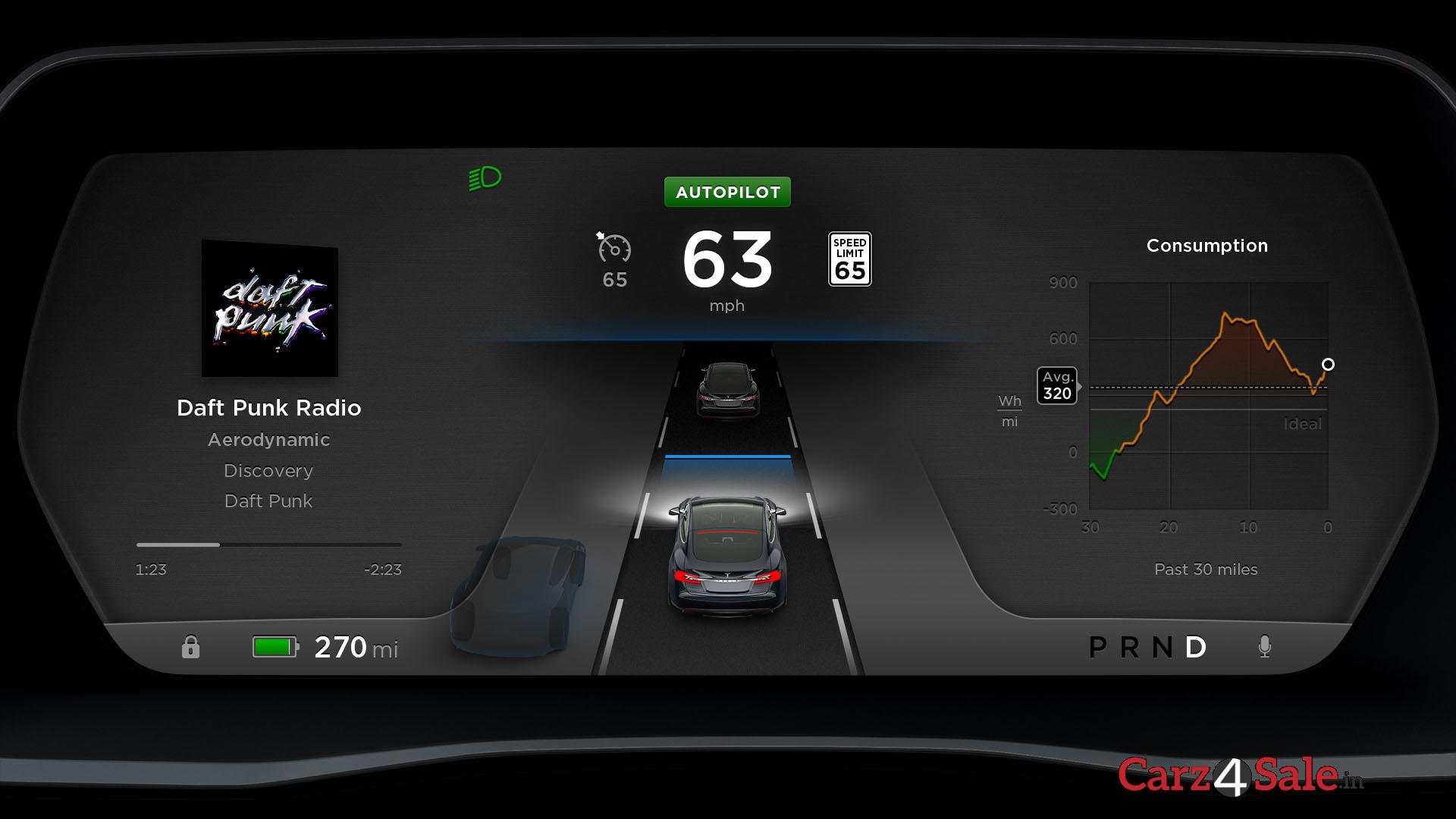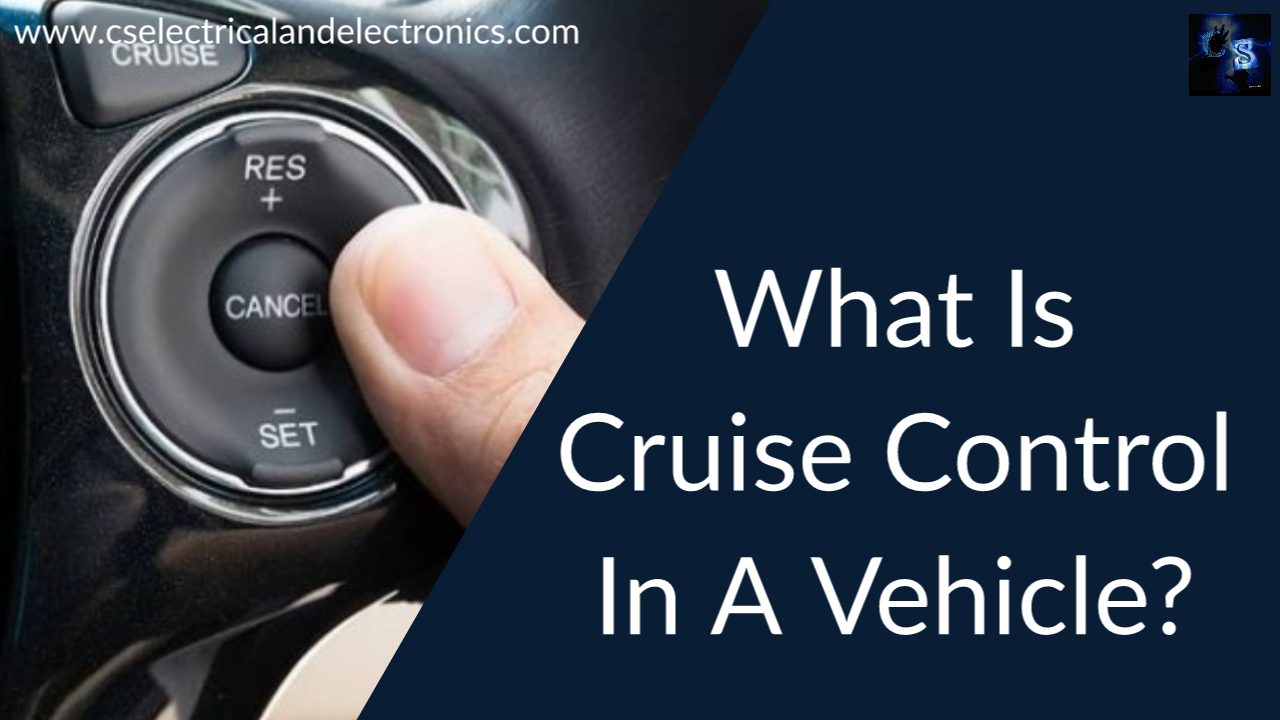Table Of Content

Typically, ACC gets included in a trim level or some sort of optional driver-assistance package on new cars. In our most recent survey, we asked CR members to rate their experiences with the advanced safety and driver assistance systems on their model-year 2017 to 2022 cars. Respondents answered questions about their satisfaction with the systems. If it’s your first time using your car’s cruise control system — or if you’re not 100% sure how to turn on cruise control in your car —the process starts before you crank the engine. Get the car’s manual and learn what each cruise control button does. Different makes and models may have different combinations of buttons or features.
Driving your car with cruise control on icy roads is dangerous - VERIFYThis.com
Driving your car with cruise control on icy roads is dangerous.
Posted: Tue, 26 Dec 2023 08:00:00 GMT [source]
Check your car’s controls
For instance, the cruise control pictured below can accelerate or decelerate the car by 1 mph with the tap of a button. There are also several important safety features -- the cruise control will disengage as soon as you hit the brake pedal, and it won't engage at speeds less than 25 mph (40 kph). On the latest vehicles fitted with electronic throttle control, cruise control can be integrated into the vehicle's engine management system. Modern "adaptive" systems include the ability to automatically reduce speed when the distance to a car in front, or the speed limit, decreases. Level 2 – To qualify as Level 2, a vehicle must have at least two driver-assistance technologies.
Florida man put car in cruise control then partially stood up through sunroof while speeding, deputies say - FOX 35 Orlando
Florida man put car in cruise control then partially stood up through sunroof while speeding, deputies say.
Posted: Tue, 02 Apr 2024 07:00:00 GMT [source]
Adaptive Cruise Control: How Does It Work?
Luxury automakers such as Tesla and Audi are implementing the newest rendition of cruise control on their latest vehicle models – Semi-autonomous Cruise Control. It works largely the same as adaptive cruise control, but assists drivers with lane guidance and steering. There are several variations of semi-autonomous cruise control that include additional convenience features for the driver. Cruise control is a feature allowing the driver to set a predetermined speed, which the system’s computer maintains until the driver adjusts the speed, taps the brake, or disengages the system. In other words, once set, the cruise control system automatically controls vehicle speed, relieving the driver of that responsibility. The cruise control system actually has a lot of functions other than controlling the speed of your car.
How to Use Cruise Control – 6 Step Guide

Cruise control is convenient for long stretches of driving and it can keep you from speeding if you set your speed to the correct limit. However, if the road conditions are rainy or snowy, cruise control can be dangerous. To use cruise control safely, it’s best to know when you should and shouldn’t use it. [9] Using cruise control on the highway makes your driving more predictable to other drivers. Instead of constantly changing speeds, cars know how fast you’re driving and can follow safely behind you or pass. Cruise control is best suited for long drives on large, straight roads such as an interstate highway with cars traveling at a relatively constant speed.
While it offers substantial automation, it still requires driver supervision and isn’t fully autonomous. As always, drivers should consult their vehicle manual to determine which cruise control features are available and how to use them. The steering-wheel controls for some systems have buttons or toggles with labels like “Accel” and “Decel,” while others simply use up-and-down arrows to signify a button’s function.
Steps
Modern cruise control systems have a memory feature which means, it remembers the last time the cruise control system was canceled. According to the research, cruise control reduces the mental workload of the driver. It reduces fatigue and increases the comfort of driving a long distance.
Is Adaptive Cruise Control Worth It?
One of the main advantages of using cruise control is improved fuel efficiency. By maintaining a constant speed, cruise control helps reduce fuel consumption, leading to better gas mileage. Rapid acceleration and deceleration, on the other hand, can lead to increased fuel consumption. Predictive Cruise Control is like the fortune teller of cruise control systems. It uses GPS and map data to see into the future and predict what's coming up on the road, like hills or curves, and adjusts your speed accordingly.

These systems include lane-keeping assist, automatic emergency braking, and collision avoidance systems. Adaptive cruise control uses sensors around the vehicle’s exterior to maintain speed while keeping a safe following distance from the car ahead. The system will slow you down and speed you up as the flow of traffic fluctuates throughout your commute, removing a lot of the stress from daily driving.
” mapfreinsurance.com/blog/how-does-cruise-control-in-cars-work (accessed July 11, 2023). However smart the cruise control may be, there are some situations where you SHOULD NOT use the feature altogether. Here are some golden rules to live by when it comes to using your cruise control. Fortunately, on this page, you can learn everything you need to know about cruise control. In this powerful article, you are going to quickly learn what cruise control is in a car.
The systems use lasers, radar, cameras, or a combination of those. If traffic slows to a stop, most ACC systems will bring the car to a complete stop, then bring it back up to speed when traffic gets going again. Others work only within certain speeds and/or might not start to accelerate automatically. Once familiar with your car’s cruise control system, you can try it out. Wait for a moment when it’s appropriate to use cruise control before turning it on. Check that the road is clear, that weather conditions are good, and that you’re on a highway or a road where you won’t have to stop or change speed often.
Even vehicles with affordable price tags are equipped with intelligent features. Here’s the list of popular cars with the automatic cruising system. It is a complex process to install the system in new cars as you have to fiddle with electronics, and it also requires the fitment of hardware. Moreover, if you try installing an aftermarket kit, you may void the warranty offered by the OEM (Original Equipment Manufacturer). On top of that, it is not recommended to go for an aftermarket cruise control kit as it may compromise safety.
When the car is going 55 mph, the throttle position opening will be only half of what it was before. The result is that the closer the car gets to the desired speed, the slower it accelerates. Also, if you were on a steep enough hill, the car might not accelerate at all. The buttons to activate cruise control or accelerate/decelerate may vary from one car to another.
Every ACC system works slightly differently, says Kelly Funkhouser, manager for vehicle technology at CR. Not all systems work at low speeds, so drivers who plan to use ACC in slow traffic should check the limitations of any system they plan to buy. These particular systems will often have the words “traffic jam” or “stop and go” in their name.
For example, the Hyundai Elantra SEL ($22,795 with destination fee) offers its Smart Cruise Control with Stop and Go in its optional Convenience Package ($1,900). It also includes forward collision warning with automatic emergency braking, Junction-Turning Detection, navigation, wireless phone charging, heated front seats, and more. On the other hand, the same ACC system is standard for the $27,395 Elantra Limited.
When the driver sets the cruise control to a specific speed, the system adjusts the throttle to maintain that speed. If the car begins to slow down because of an incline (e.g. going up a hill), the system will open the throttle to accelerate. Conversely, if the car starts to speed up due to a declin (e.g. going downhill), the system will close the throttle to decelerate. Each system has its strengths and caters to different driving needs and preferences. Tesla’s FSD Beta is at the forefront of autonomy but requires active supervision. GM’s Super Cruise excels in hands-free highway driving, while Ford’s Co-Pilot360 focuses on safety and driver assistance for everyday use.
Ultimately, it's not hard to save on fuel if you let your vehicle automatically maintain a steady cruising speed. The new technology also allows the system to automatically adjust the car's speed depending on the speed of the vehicle ahead. It ensures that the car maintains a safe distance from the vehicle ahead despite the constant change in speed of the vehicle moving ahead. It is instrumental in highways or during rush hour traffic and reduces driver fatigue. The leading edge of cruise control today is adaptive cruise control.


